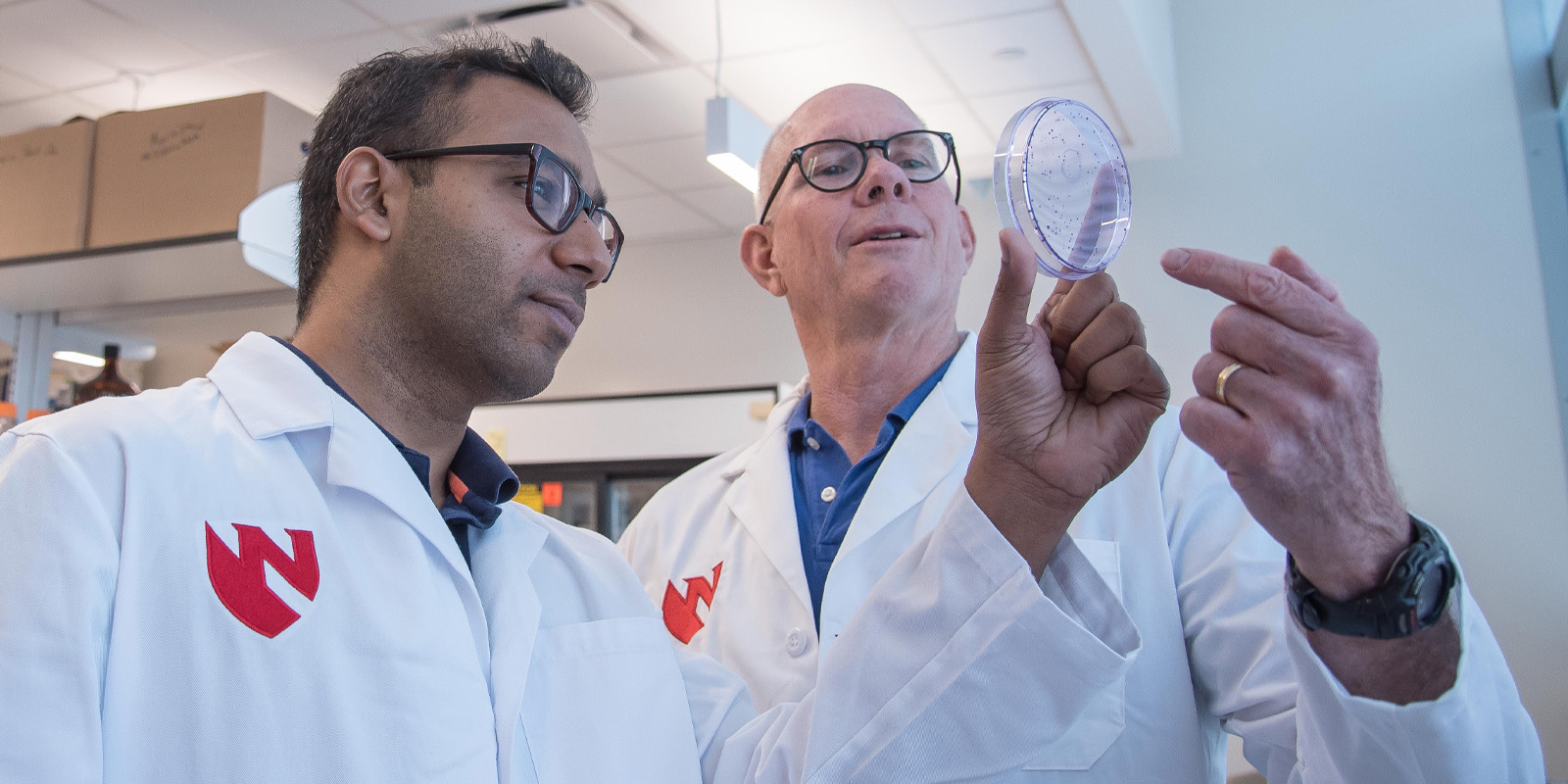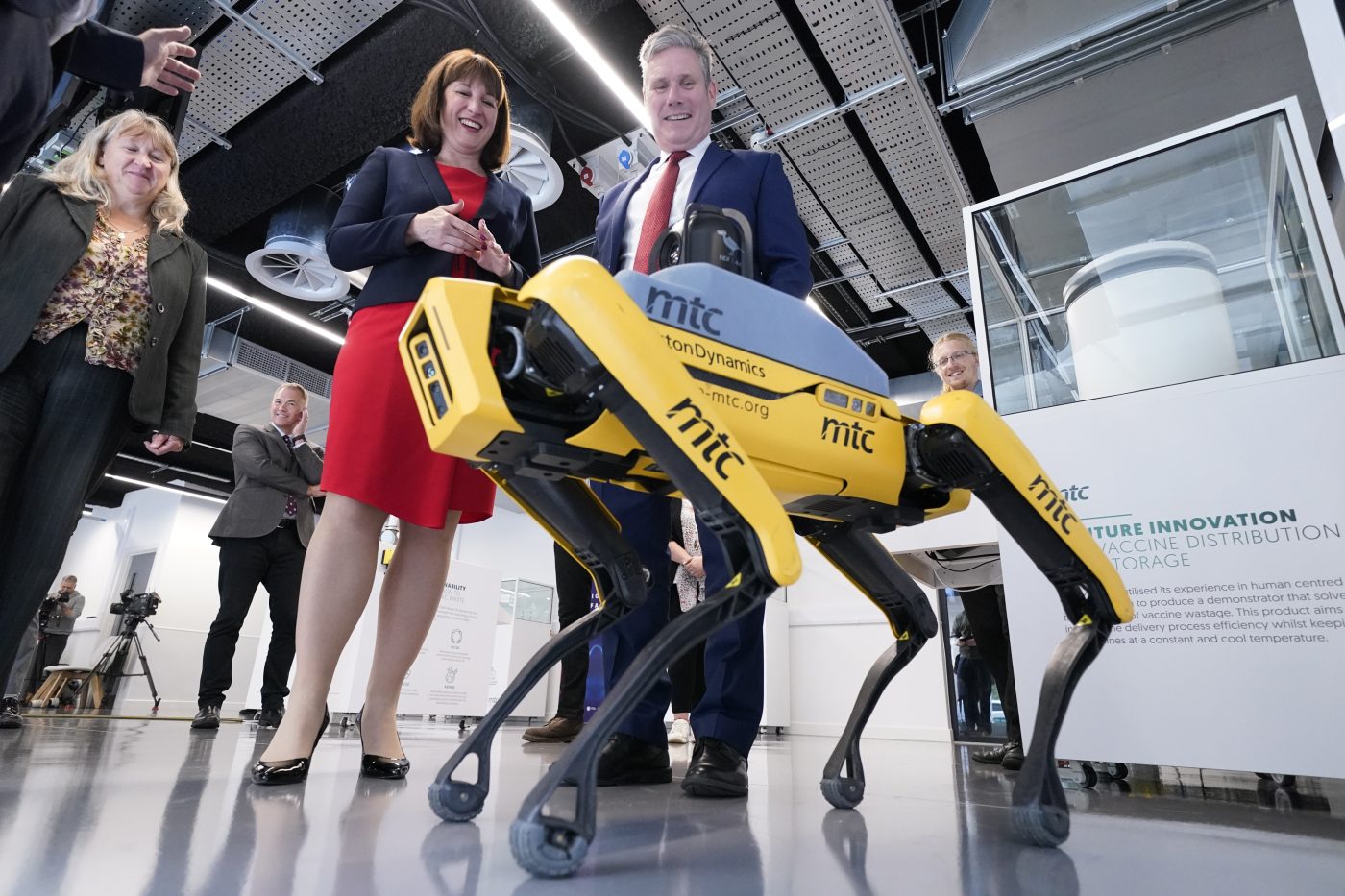
Pioneering Advances in Cancer Detection and Treatment: Texas Engineers Receive Major Grants
In a significant boost to cancer research, the Cancer Prevention and Research Institute of Texas (CPRIT) has allocated over $2 million in grants to two innovative engineers from the University of Texas at Dallas. These grants aim to foster cutting-edge technologies to enhance the early detection of oral cancers and improve medication delivery for spinal tumor treatment.
 Harnessing technology for life-saving applications.
Harnessing technology for life-saving applications.
Transforming Oral Cancer Detection
Dr. Baowei Fei, a distinguished professor of bioengineering and holder of the prestigious Cecil H. and Ida Green Chair in Systems Biology Science at UT Dallas, has received a $1 million grant to develop a groundbreaking handheld imaging tool tailored for the early detection of oral and oropharyngeal cancers. This pioneering device employs hyperspectral imaging—a technique that analyses how cells absorb and reflect light across various wavelengths in the electromagnetic spectrum—coupled with artificial intelligence technologies to pinpoint suspicious masses in the mouth that might otherwise go unnoticed.
The current method of diagnosing oral cancers often relies on visual examinations under standard lighting conditions, which frequently leads to late-stage diagnoses and poor survival outcomes. With the enhanced capabilities of Fei’s portable device, the goal is to conduct clinical trials in collaboration with Texas A&M University School of Dentistry and UT Southwestern Medical Center to evaluate its effectiveness in real-world settings.
“The aim is to catch these cancers early when they are most treatable, hence significantly increasing survival rates,” says Dr. Fei.
The Impact of This Technology
The potential impact of this diagnostic tool on public health is paramount. Oral squamous cell carcinomas are a significant health concern, often diagnosed at advanced stages, leading to dismal prognoses. By integrating hyperspectral imaging with AI, Fei’s device could revolutionize how dentists conduct oral screenings, introducing a faster and more accurate method of detecting malignant lesions.
Exploring new frontiers in imaging technology.
Revolutionizing Spinal Tumor Treatment
Parallel to these efforts, Dr. Zhenpeng Qin, associate professor of mechanical engineering and bioengineering, is also working on a $1 million project that addresses the challenges presented by the blood-spinal cord barrier in treating spinal cord tumors. This complex barrier is essential for protecting spinal cord tissues, but it also inhibits the effective delivery of medications.
Qin’s innovative approach employs light to remotely stimulate tiny particles that can transiently open the blood-spinal cord barrier. This process allows for therapeutic agents to bypass this barrier, effectively delivering much-needed treatment directly to the affected areas. Collaborating with colleagues at UT Southwestern Medical Center, Qin’s work aims to demonstrate this method’s effectiveness in preclinical trials using animal models. The implications here could vastly expand treatment options for spinal tumors, where existing therapies are limited and often ineffective.
The Need for Advanced Solutions
This research addresses a crucial gap in medical treatment, especially since spinal cord tumors often evade successful intervention due to their location and the limited penetration of therapeutic agents. The unique minimally invasive methods developed by Qin’s team promise to enhance therapeutic access, potentially transforming how we manage these complex conditions.
Innovations designed to change lives.
Ferumoxytol: A Powerful MRI Agent
Expanding the technological spectrum in cancer research, ferumoxytol—a superparamagnetic iron oxide nanoparticle—has gained attention for its applications in MRI as an alternative contrast agent. Approved for intravenous iron supplementation since 2009, ferumoxytol has demonstrated a significantly better safety profile compared to traditional gadolinium-based agents and offers numerous technical advantages that can streamline imaging processes.
Recent articles, such as those published in the National Science Review, highlight ferumoxytol’s versatility. It shortens T1 and T2 relaxation times during imaging, which can greatly enhance image clarity and diagnostic accuracy. By facilitating detailed imaging of structures such as cerebral microvessels and offering capabilities for rapid imaging and multimodal image fusion, ferumoxytol is set to redefine practices in diagnostic radiology.
The Future of Cancer Care
With a strong focus on innovation, both Fei and Qin are contributing significantly to the quest for enhanced cancer detection and treatment methodologies. As their technologies advance towards clinical application, they hold the promise of not only improving patient outcomes but also setting the stage for future breakthroughs in medical science.
The integration of advanced imaging tools and therapeutic delivery methods heralds a new era in cancer care, making it imperative for continued investment in such transformational research. As cities and institutions like the Erik Jonsson School of Engineering and Computer Science at UT Dallas lead the way, the path forward looks brighter for those affected by these devastating diseases.
Conclusion
With significant funding and innovative ideas at work, the landscape of cancer research is poised for rapid evolution. The grants awarded by CPRIT symbolize a recognition of the critical need for enhanced diagnostic and treatment strategies in oncology. The commitment to research in enhancing the lives of those fighting cancer is more crucial now than ever.
As we continue to embrace cutting-edge technologies, the intersection of engineering, medical sciences, and artificial intelligence promises to yield results that could profoundly impact health outcomes, establishing a benchmark for future healthcare advancements.















